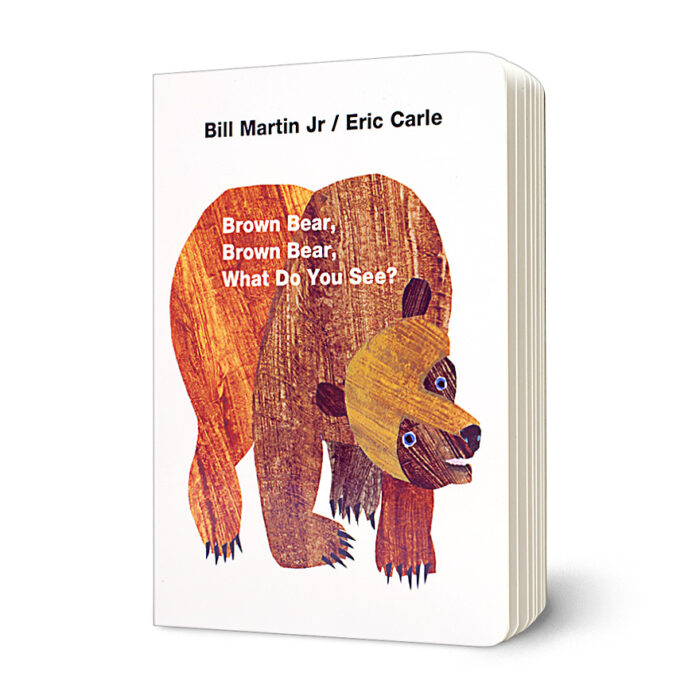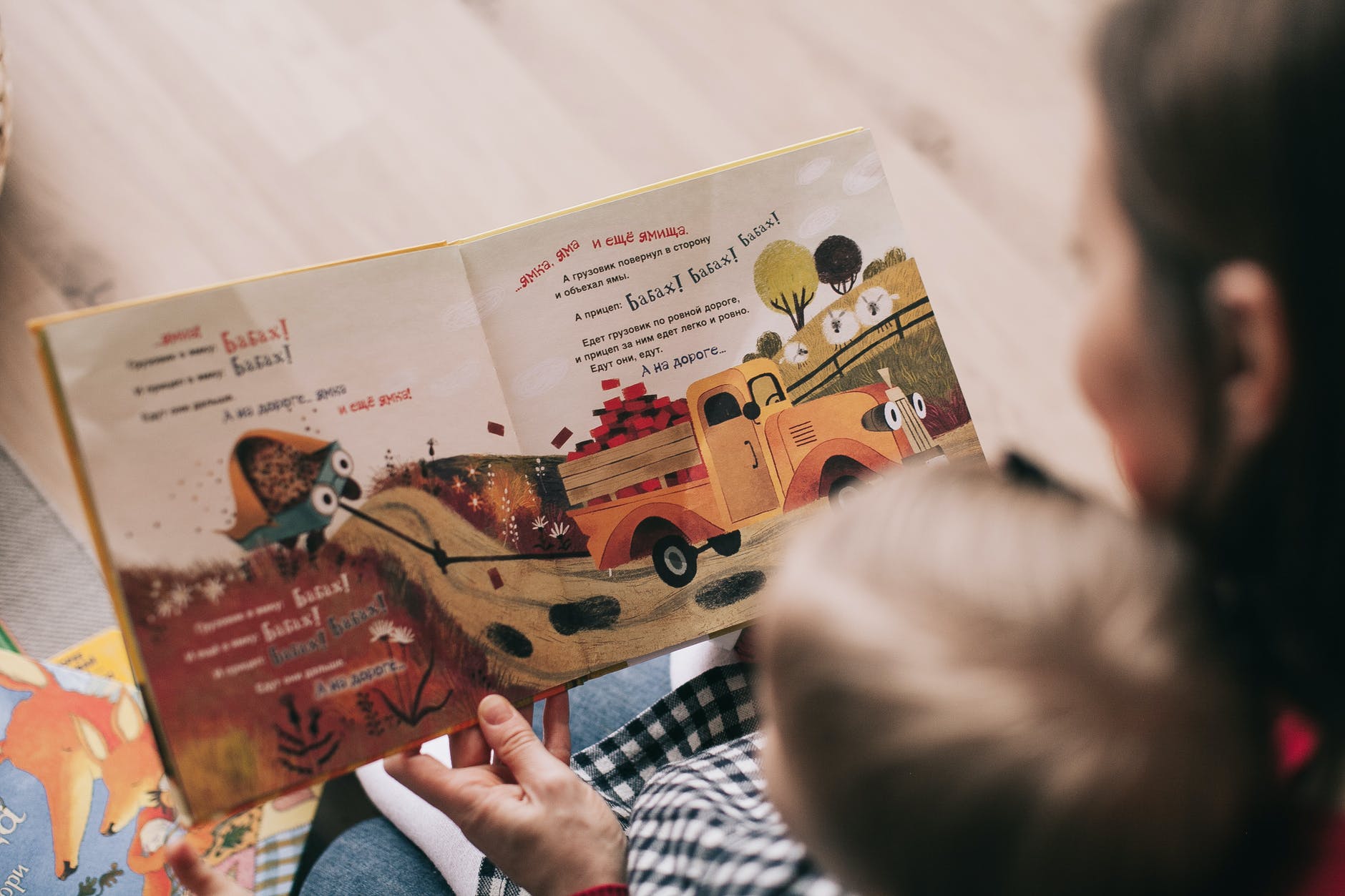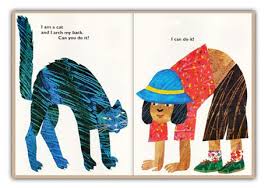Books are an easy and accessible way to expand your child’s language skills. Through the beauty of books you can build on background knowledge, teach basic concepts, vocabulary, and sequencing. How amazing is that? All from books.
March is read across America month. Started in 1998 by the National Education Association to encourage reading, the movement was inspired by the birthdate of Dr. Seuss. Although many of Dr. Seuss’s books are much too long to keep this speech therapist’s attention, there are some real gems among his collection. Below is my fav.

“10 Apples Up On Top” by Dr. Seuss is a great book for teaching basic concepts, counting and animal names. The flow is easy and the book is not too long.
Most are familiar with Eric Carle’s “The Hungry Caterpillar”, but “From Head to Toe” is my personal favorite book for teaching body parts and animal names. The best part? It is interactive and gets your child moving! Pause after each page and ask your child to play along.


Nothing is more tried and true with the preschool population than “Brown Bear, Brown Bear, What Do You See?” by Bill Martin Jr. Simple and repetitive, this book can teach your child colors and animal names. This is a perfect example of a book to read over and over. The repetition will eventually allow your child to ‘fill in’ what comes next.

“We’re Going on a Bear Hunt” by Michael Rosen is wonderful for teaching basic concepts. It is repetitive and provides the opportunity to expand your child’s language using the beautifully illustrated pictures. Point out to your toddler the interesting things you see in the pages. A fun and easy activity to go along with this book? Go on your very OWN bear hunt! Set up an obstacle course inside or outside and pretend to find your very own bear. Remember to use the same language from the book…”can’t go under it….can’t go over it…..”
Pete the cat is ONE COOL CAT! This book “I Love My White Shoes” by Eric Litwin & James Dean is a wonderful way to teach colors. It even has a song to go along with it. Note the repetition! Repetition really does help your toddler remember what they hear!

Nothing is better than Richard Scary for getting a conversation going! This is the perfect example of a book that I never actually read to my toddler. We look through the pictures each night and point out cool things we see. This is a great book for working on receptive language skills. Receptive language is your child’s ability to understand what you are saying. For example. “Point to the red car!”
The opportunity for tying in background is also endless with Richard Scary books. What exactly is background knowledge? This is tying in new ideas and information to what your child already knows. For example: let’s pretend your child loves bananas. Referring to the picture above point out the banana, say things like “Look! There are bananas hanging in the window! You love bananas! Remember when we bought bananas last time we were at the store? They weren’t hanging in the window but we had to pick them out and put them in a bag…etc”

Reading is an interactive experience. As adults we love variety but toddlers need repetition to help with their comprehension and understanding. Mix up your collection now and then but keep a few staple books on your shelf that especially get your toddlers attention. My favorite way to ‘test drive’ new books is to check them out at my local library. The library is a wonderful way to have the hugest book collection ever! If you already have a great collection of books. How do you keep it organized? Check out the link below for a fantastic way to organize your toddler’s book while working on skills such as basic concepts and colors.

Incorporating reading into your daily routine is one of the simplest ways to increase your child’s language skills. Not only that, you get the bonus snuggle and quiet time to spend with your little human. Happy Reading!
Love, Your Nurture Notetaker
Jaime Sinift-Heimer M.S. CCC-SLP/L- speech therapist




